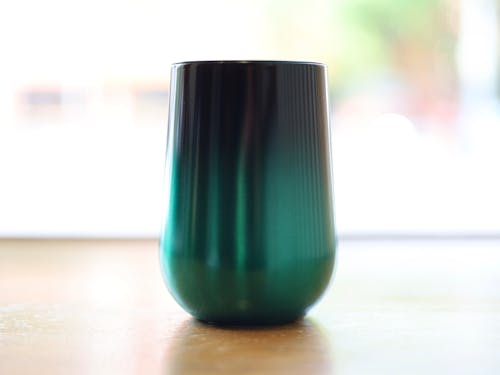“Small Space Solutions: Designing Your Perfect Minimalist Living Room
Small living spaces can often feel challenging to decorate, leading to a common struggle with clutter and limited functionality. However, embracing a minimalist approach offers a powerful solution, transforming even the coziest areas into stylish, serene, and highly practical spaces. This article explores how to create a beautiful and functional **minimalist living room**, specifically tailored for smaller homes.
Why Minimalism Works for Small Spaces
Minimalism isn’t just an aesthetic; it’s a philosophy centered around intentional living and reducing excess. For a small living room, this means fewer items, less visual clutter, and a greater sense of openness and calm. A well-designed **minimalist living room** maximizes the perceived space, making it feel larger and more inviting. It encourages thoughtful choices about furniture, decor, and storage.
Key Principles of a Minimalist Living Room
Creating a **minimalist living room** involves adhering to a few core principles:
* **Focus on Function:** Every item should serve a purpose.
* **Ruthless Decluttering:** Eliminate anything that isn’t essential or truly loved.
* **Clean Lines:** Choose furniture and decor with simple, uncluttered shapes.
* **Neutral Palette:** Utilize light, neutral colors (whites, greys, beiges) to enhance light and create a sense of space.
* **Quality Over Quantity:** Invest in a few durable, well-chosen pieces.
Practical Steps to Create Your Minimalist Living Room
### Start with a Thorough Declutter
This is the most crucial step. Go through every item in your living room – books, magazines, decorative objects, electronics, textiles. Ask yourself: Do I use this regularly? Does it add significant value or beauty to my life? Be honest and decisive. Donate, sell, or discard items that no longer serve a purpose. A clutter-free foundation is the bedrock of a **minimalist living room**.
### Choose Multi-Functional and Right-Sized Furniture
In a small space, furniture must work hard. Opt for pieces that offer hidden storage, like ottomans with lift-up lids or coffee tables with drawers. Sofa beds are excellent for hosting occasional guests. Look for nesting tables or expandable consoles. Crucially, ensure your furniture is appropriately scaled for the room. Oversized sofas or chairs will overwhelm a small **minimalist living room**, making it feel cramped.
### Embrace Light and Color
Light colors reflect light, instantly making a space feel brighter and more spacious. Paint walls in shades of white, cream, or light grey. Use similar neutral tones for large furniture pieces like sofas. Ensure good lighting; a mix of ceiling lights, floor lamps, and table lamps can make a huge difference. Strategically placed mirrors are also highly effective at bouncing light and creating the illusion of depth, enhancing your **minimalist living room**.
### Implement Smart Storage Solutions
Minimalism doesn’t mean owning nothing, but it does mean everything has its place. Utilize vertical space with tall, narrow shelving units or floating shelves. Choose furniture with integrated storage. Baskets or decorative boxes can hide smaller items neatly. The goal is to keep surfaces clear to maintain that clean, open feel characteristic of a **minimalist living room**.
### Simplify Decorations
In a minimalist space, decorations are curated and intentional. Instead of many small items, choose a few larger, impactful pieces. This could be a single large piece of art, a striking plant, or a beautiful vase. Ensure each decorative item contributes to the room’s calm aesthetic without adding visual noise. Less is truly more when decorating a **minimalist living room**.
### Create Zones
Even in a small room, defining different areas can make the space feel more functional and organized. Use a rug to anchor the seating area. A narrow console table behind a sofa can create a small desk space. Clever arrangement of furniture can separate a reading nook from the main conversation area. This zoning adds structure to your **minimalist living room** without requiring walls.
Conclusion
Designing a **minimalist living room** in a small space is a rewarding process. By focusing on decluttering, choosing functional and appropriately sized furniture, utilizing light and color effectively, implementing smart storage, and being intentional with decorations, you can transform a potentially cramped area into a peaceful, stylish, and highly functional sanctuary. Embrace the principles of minimalism, and enjoy the newfound serenity and space in your small living room.”




